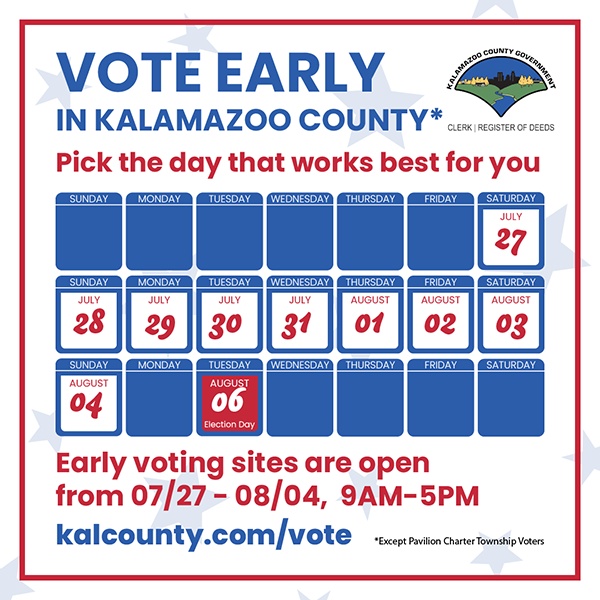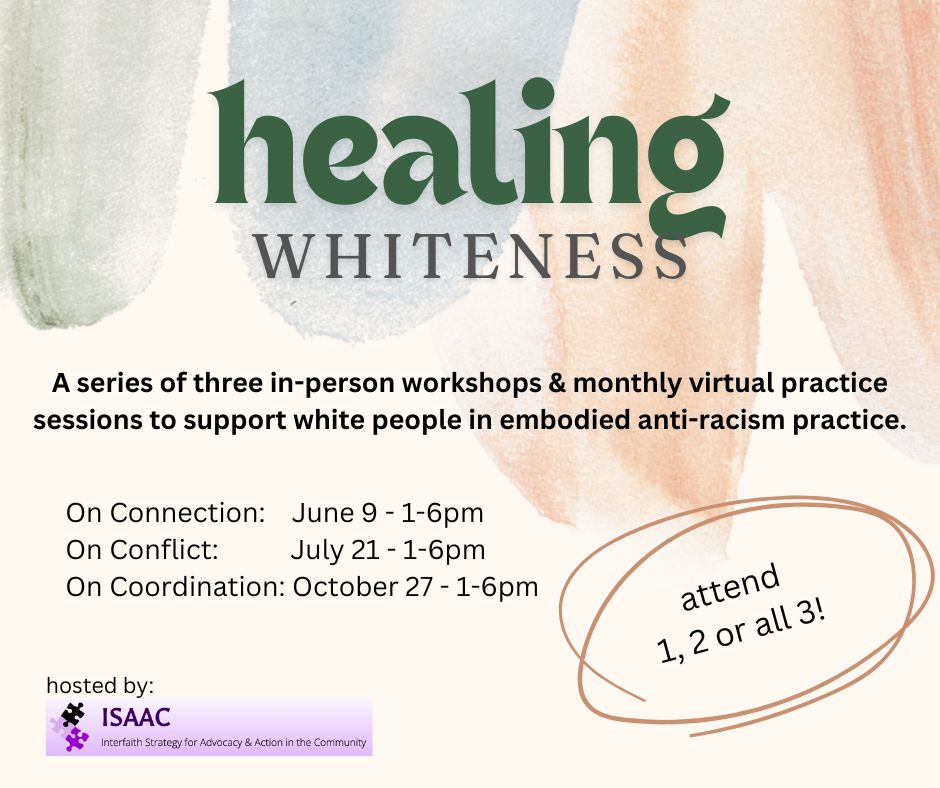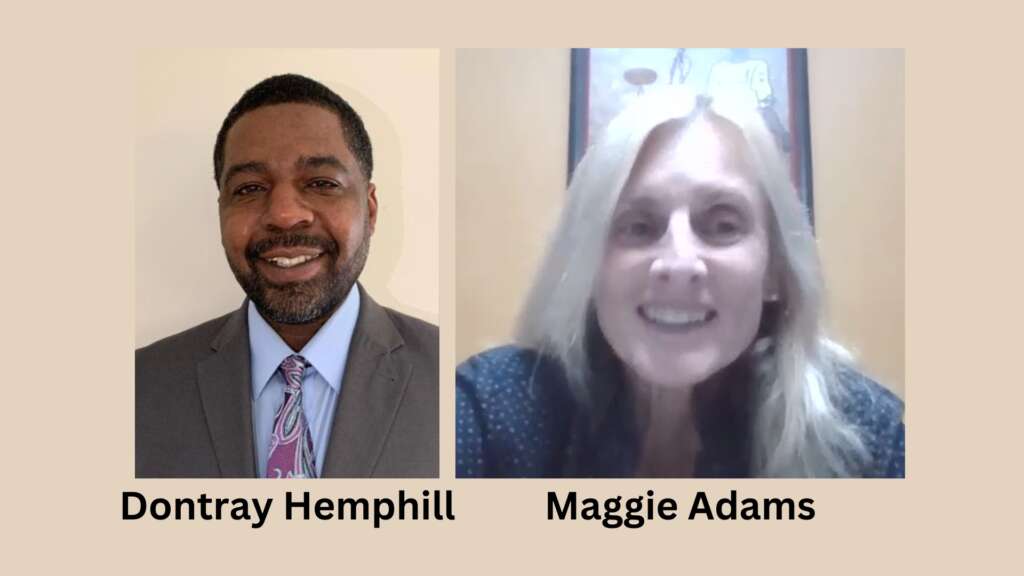Writer’s note: On my recent visit to Tallahassee to visit my oldest daughter, Kelli, we ventured north to Montgomery, Alabama, on a beautiful Saturday with two of her co workers, to spend a day at the newly opened Legacy Museum and the Memorial for Peace and Justice. Here is what we encountered.
Legacy Museum
 The Legacy Museum: From enslavement to mass incarceration is a new space in Montgomery, Alabama, located on the site of a former warehouse where enslaved people were once imprisoned.
The Legacy Museum: From enslavement to mass incarceration is a new space in Montgomery, Alabama, located on the site of a former warehouse where enslaved people were once imprisoned.
The enslavement of black people in the United States created separation, brutal and abusive mistreatment, and devastating racial inequality that has a legacy that is not well understood. Cities like Montgomery were shaped by slavery, while a narrative of racial difference was reinforced that still haunts America today.
The new museum allows visitors to understand the inhumanity of slavery in a more intimate way. The museum connects the legacy of slavery with subsequent decades of racial terrorism and lynching. Visitors see the link between codified racial hierarchy enforced by elected officials and law enforcement with both the past and the present. Contemporary issues surrounding mass incarceration are explored with interactive exhibits and examination of important issues surrounding conditions of confinement, police violence, and the administration of criminal justice.
The Legacy Museum is a ‘narrative museum.’ It tells not only the story of how destructive and traumatizing slavery was, but also the story of how slavery evolved. Slave narratives and slave catalogs provide detailed insights into enslavement in America.
Decades of racial terrorism and lynching followed the Civil War and millions of black people were forced to leave the South as refugees and exiles, shaping the urban North and West into what we see today. The Legacy Museum contains the most comprehensive data on lynching in the United States, as well as unique exhibits and content on the era.
The defiant resistance to integration and racial equality that opposed the Civil Rights Movement is often ignored when we discuss that era. Elected leaders’ insistence on a platform of “Segregation Forever,” even after the passage of the Civil Rights Act of 1964, is highlighted in the museum.
The United States has the highest rate of incarceration in the world. One in three black male babies born today is expected to go to jail or prison during his lifetime. Black women and girls are disproportionately targeted in schools, and discouraging racial disparities can be found in virtually every metric evaluating the quality of life in America. Understanding these issues requires a deeper, critical examination of American history, which is the purpose of the Legacy Museum. Visiting the Legacy Museum is an adventure that all Americans should consider making.
The National Memorial For Peace and Justice
 The National Memorial for Peace and Justice is the nation’s first comprehensive memorial dedicated to the human loss suffered during the era of racial terror lynchings, which swept across the South and beyond in the decades following the abolition of slavery.
The National Memorial for Peace and Justice is the nation’s first comprehensive memorial dedicated to the human loss suffered during the era of racial terror lynchings, which swept across the South and beyond in the decades following the abolition of slavery.
Set on a six-acre site, the memorial uses sculpture, art, literature and design to contextualize racial terror and oppression. The space is the visual and physical manifestation of years of work by the Equal Justice Initiative to identify more than 4,000 African American men, women, and children who were lynched between 1877 and 1950 and to document the impact of these acts on the community. EJI believes that thousands more lynchings occurred that will never be recorded.
At the entrance to the site is a walkway that gradually leads visitors up a hill, where they will encounter Nkyinkyim Installation, a sculpture by West African artist, Akoto-Bamfo, that depicts enslaved people searching for humanity in a foreign land.
Inscribed on the wall is the story of racial terror lynching’s historical roots, its links to slavery, and the extent to which this historical period permanently shaped the demographics of America.
 The pathway leads into a structure made of more than 800 corten steel monuments, one for each county in the United States where a racial terror lynching took place. The names of the lynching victims and dates when these lynchings occurred are engraved on the columns.
The pathway leads into a structure made of more than 800 corten steel monuments, one for each county in the United States where a racial terror lynching took place. The names of the lynching victims and dates when these lynchings occurred are engraved on the columns.
Visitors first encounter monuments at eye level. In the second corridor, the monuments slowly begin to rise overhead.
The third corridor tells the stories of dozens of black men, women, and children who were lynched, many for mere social transgressions. A soil monument bears witness to the hundreds of community members who have collected soil from lynching sites across America in remembrance of the lives lost during the lynching era. In this space, visitors are invited to remember the thousands of victims of lynching whose names will never be known.
Visitors emerge into the monument park where they are greeted by the Words of Toni Morrison. The park holds a field of identical monuments that are waiting to be claimed and installed in the counties they represent. Over time the National Memorial will show the parts of country that have confronted the truth of their history and counties that have yet to do so.
Along the path is Guided by Justice, a sculpture by Dana King, that is dedicated to the women who sustained the Montgomery Bus Boycott. These women embody the hope and strength of the generation that was born during the lynching era and launched the Civil Rights Movement.
Adjacent to the monument park is the Ida B. Wells Grove, a place for peaceful reflection named in honor of the anti-lynching crusader and civil rights pioneer.
 Past the grove and the monument park, the journey continues with a meditation on America’s history of racial violence resounds in the present, embodied by Raise Up, a sculpture by Hank Willis Thomas.
Past the grove and the monument park, the journey continues with a meditation on America’s history of racial violence resounds in the present, embodied by Raise Up, a sculpture by Hank Willis Thomas.
At the end of the pathway is Invocation, a poem by Elizabeth Alexander that reflects on our difficult past and expresses a commitment to a better and more hopeful future.
The National Memorial is a reckoning that acknowledges Dr. Martin Luther King Jr.’s powerful insight that is stated again:
“True Peace is not just the absence of tension, but the presence of justice”
Jim Herm, Anti-Racism Task Force member
 ISAAC
ISAAC











 Ed Genesis is an artist, poet, musician, organizer, entrepreneur, and community leader. Born and raised in Gary, Indiana and moved to Kalamazoo, Michigan permanently in his early 20’s, his love of art/music, his passion for his people and community, and his gift of creativity are evident in all areas of his work. In October 2018 Ed Genesis released a song to accompany the campaign he was working on around school push out, entitled Junior High, which was distributed nationwide including on his own iHeart radio station, Spotify, and iTunes.
Ed Genesis is an artist, poet, musician, organizer, entrepreneur, and community leader. Born and raised in Gary, Indiana and moved to Kalamazoo, Michigan permanently in his early 20’s, his love of art/music, his passion for his people and community, and his gift of creativity are evident in all areas of his work. In October 2018 Ed Genesis released a song to accompany the campaign he was working on around school push out, entitled Junior High, which was distributed nationwide including on his own iHeart radio station, Spotify, and iTunes.